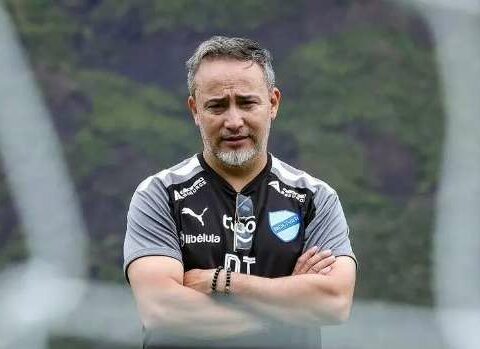March 25, 2023, 11:31 PM
March 25, 2023, 11:31 PM
American writer Mark Twain wrote: “There is no such thing as a new idea. We simply take many old ideas and put them in a kind of mental kaleidoscope. We twist them and they make curious new combinations.”
This statement is particularly true in storytelling. I am a novelist and I teach creative writing. In this discipline, the premise that there are seven basic plots (as described in a book of the same name by Christopher Booker) prevails.
The stories we tell reflect who we areboth as individuals and societies, at any given time.
When reading stories from centuries past, it is comforting to discover that as times change, human instincts and emotions are more constant and universal. The pleasure of reading is being in communion with other people through the stories they have left behind, but recognizing something of their own in their worlds.
A new book, “The Norse Myths that Shape the Way We Think” (the title could be translated into Spanish as “The Nordic myths that shape the way we think”) by Carolyne Larrington, a professor at the University of Oxford (United Kingdom ), explores the contemporary resonances of Norse legends and examines their reinvention in popular culture.
“The Norse myths are important because they take place in a landscape that people in the UK and the English-speaking world recognize as their own,” Larrington told BBC Culture.
“Unlike the Greek and Roman myths, they portray a world that is finite. Its inhabitants march towards the end of time. So they have a note of pessimism that resonates in a more secular world,” he added.
These are some of the ancient Norse myths that underpin many of the ways we think today.

Where biblical texts and other legends attribute floods, plagues, and pestilences to the wrath of God or the gods, the story of Yggdrasill resonates more in a world that is alert for the impact of man.
The Yggdrasill tree stands at the center of the Old Norse universe. Its branches reach up to the heavens; its roots descend to the world of dead and frozen giants. The animals that live in it thrive and harm it. When the end of the world comes, the tree groans and wobbles, but we are not told if it will fall.
“Yggdrasill is a model for our environment that we would do well to think about,” says Carolyne Larrington.
“Represents a natural world that exists, but cannot be taken for granted: a symbiotic system that may or may not resist all the depredations that humanity inflicts on it,” says the academic.
The implied warning is especially pertinent now, since Yggdrasill is not just any tree but an ash tree.
“It was silvery grey,” wrote Neil Gaiman in his 2001 novel “American Gods,” which is riddled with myth.
One has only to walk through one of the many forests around the world recently devastated by the so-called ash dieback disease, to see vast empty spaces where silver-grey trees recently stood.

2. The Mito of eternal fame
Valhalla (or Valhǫll) is a magnificent hall, ruled by the god Odin, where deceased warriors live alongside kings and other legendary figures.
When Ragnarök (the end of the world) arrives, the warriors will be called upon to fight the Jotnar (giants). It’s a hall of fame for a heroic society, a place where those who have died in battle live. The myth of Valhalla has also survived through the centuries.
In 1830, Crown Prince Ludwig of Bavaria commissioned the construction of a Valhalla temple near Regensburg, Germany. There, pan-German heroes were celebrated for strengthen the German unification project.
At about the same time, August Smith created a museum dedicated to Valhalla in Tresco Abbey Gardens, in the Isles of Scilly, UK, to house the figureheads of local shipwrecks.
The mythical hall also appears in the opera “The Ring of the Nibelung” by Richard Wagner, in numerous paintings and in the writings of Hunter S. Thompson.
Elton John, Led Zeppelin and Jethro Tull also talk about Valhalla in their songs.
“In pre-Christian societies, especially in Germanic ones, the only way to survive after death era rising to fameLarrington explains.
“Now that there is less trust in the idea of life after death, people are clinging to the idea of being famous and impressing the world in some way. Nowadays Valhalla is our 15 minutes of fame“, the expert pointed out.
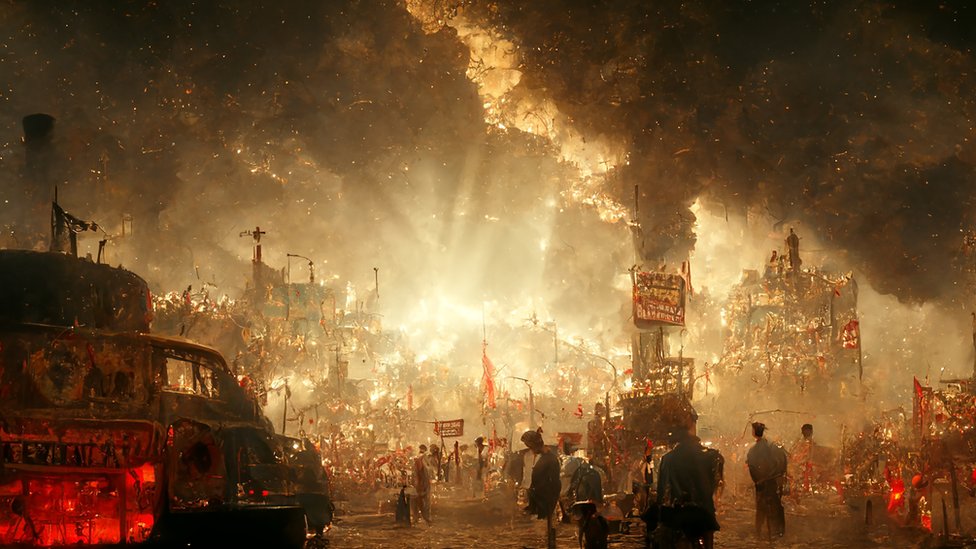
Ragnarök (the doom of the gods) is the end of the Nordic world, clearly reflected in the Christian Armageddon.
In Norse mythology, Ragnarök culminates in a final battle between gods and demons and giants, which ends with the death of the gods. the world is consumed for him fire and he ice.
It is the famous “winter is coming” from “Game of Thrones”. Is a general warning that bad things will happen.
And Ragnarök is also a popular theme in Scandinavian Death Metal or Viking Metal, which is based on Norse mythology.
In he Ragnarök, the previous generation of gods will be destroyed.
“This is inevitable,” Carolyne Larrington wrote in her book. “Even the warriors in Valhalla cannot defeat the cosmic forces. After this mythical end, the world will rise again. But the question is, will this new world be better that he former?”
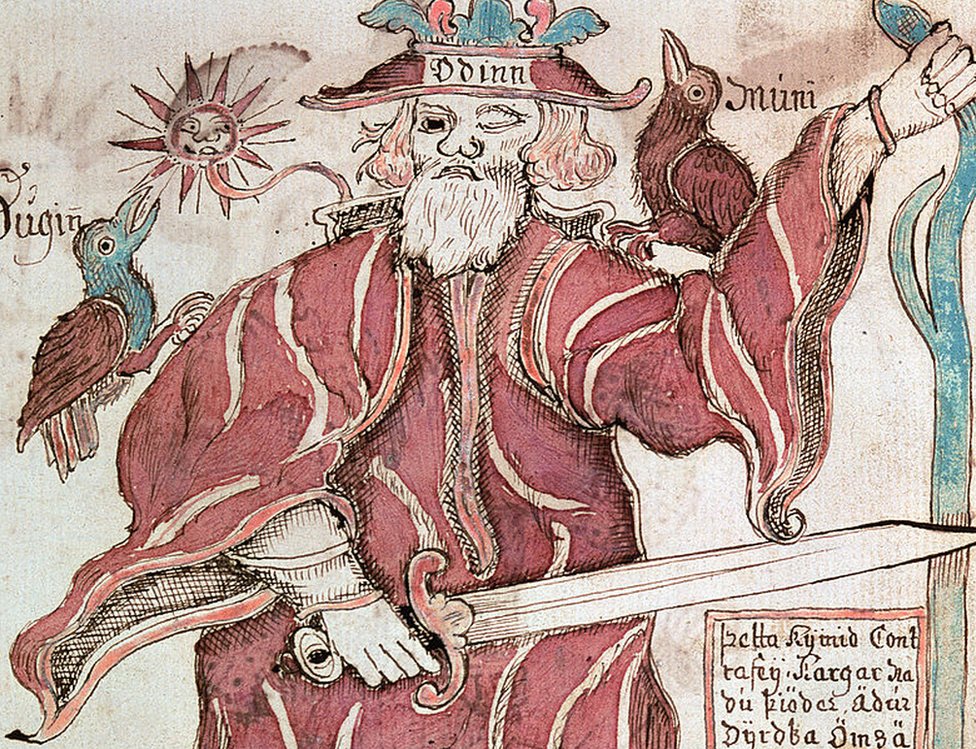
4. The Mito of the vagabond in search of wisdom
Odin, the father of Thor and creator of the Nordic world, is also the god of war, poetry, runes, magic and the dead.
But this deity is not omniscient and wanders both the human and divine worlds in search of wisdom and this comes at a price. When he arrives at the Well of Urd, he is told to drink the water of wisdom must sacrifice an eye.
Odin the Wanderer inspired JRR Tolkien’s wizard Gandalf.
He also lent his name to Merlina (Wednesday), from Old English “wōdnesdæg”, which originated from “Woden” (Odin). In the Marvel universe, she is always depicted without her right eye and as a wise figure, with a blind spot.
“Odin shapes the way we think about continuing to learn, but at the same time he is seen as a patriarchal force that must finally be stepped aside, and we see this dichotomy a lot in contemporary politics,” Carolyn Larrington analyzed.
“At the end of the Norse world, a new generation of gods will come, with new untested ideas. But there is a feeling that they will prevail,” he added.
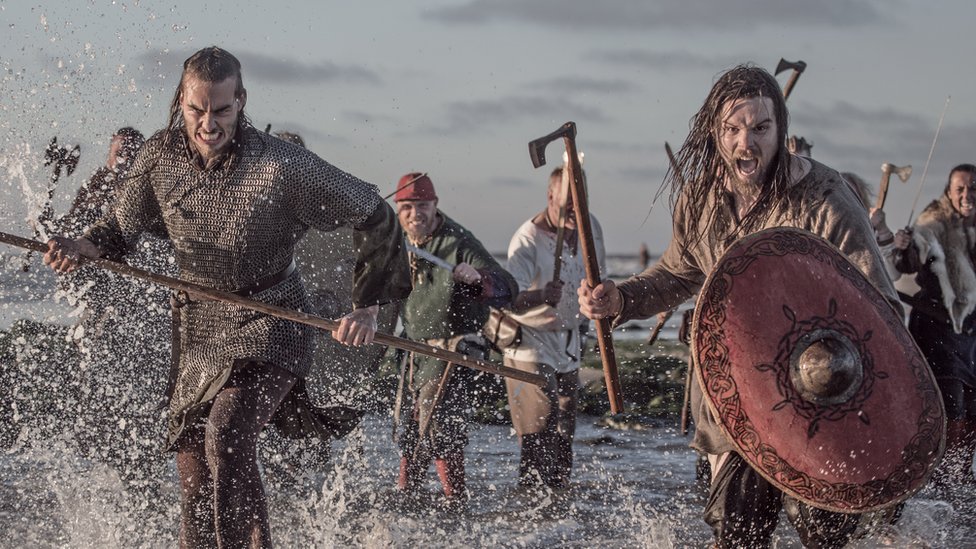
5. The myth of masculinity
There is a paradox of masculinity in the Nordic world. On one side is the blond-haired, athletic, adventurous Viking hero who trades, writes poetry, and carves runes. And on the other is the Berserker, who rapes, loots and destroys everything in his path.
Some reinterpretations have even given the Vikings almost cute qualities or parodied them.
However, probably the prevailing myth is that of a heroic and adventurous group of brothers confident of their place in the world.
Nonetheless, it is a myth that is open to disturbing reinterpretations. “In the middle of the 19th century, the figure of the Viking adventurer was used to support the doctrines of Aryan superiority”Larrington recalled.
“Today, the myth seems to guide men who wield power over women and who are part of far-right white groups who want women to ‘know their place.’ And so that myth cannot be considered as irrelevant,” Larrington argues.
The figure of the Viking warrior has always represented a struggle and a need for balance between heroic rage, personal honor, courage and openness to love. And that conflict between the idea of traditional masculine values and men inhabiting a women’s world resonates as much today as ever.
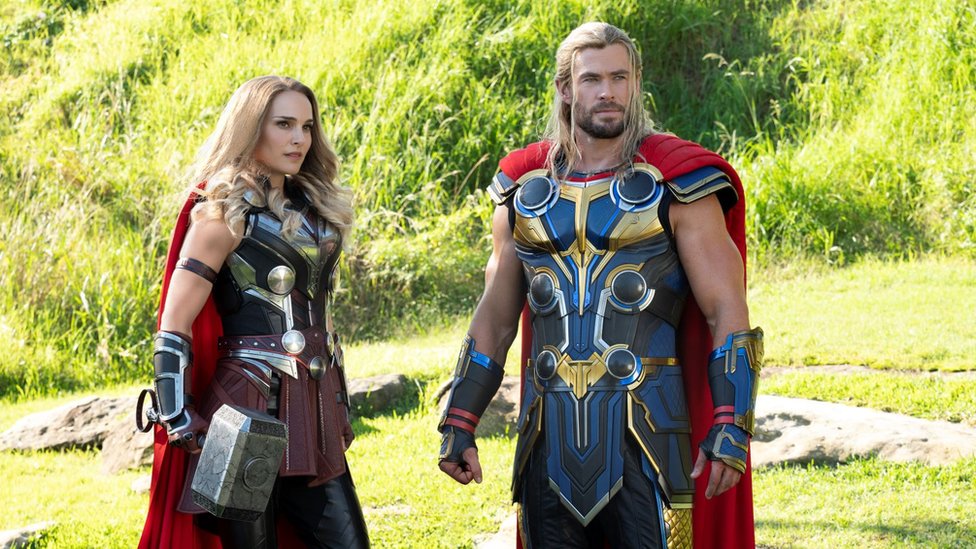
6. The myth of the superhero
Thor (from Old Norse Þórr) is a prominent god associated with the protection of mankind and a model for superheroes.
Reimagined by Marvel Comics as “Mighty Thor,” the hammer-wielding hero patrolling the borders of the human world and keeping the giants at bay, ha served as inspiration for Superman, Hulk and other Avengers.
“What’s interesting is that what’s left of the old Norse myths is a fool who first hits people with his hammer and then asks questions,” Larrington says.
“What Marvel did was give him a learning curve by putting him in a family where he has relationships with a foster brother and foster father, and falls in love, so that his superhuman strengths are tempered by his human flaws“, says the academic.
In the Nordic world, an oral society with no written contracts, Thor represents the values of standing up for the weak and keeping your word. And in today’s largely secular world, it’s not about picking fights, it’s about being ready for them when they arise. He does not turn the other cheek, but he has the courage to denounce injustices.
This article was published on BBC Culture. The original version in English you can read here.
Remember that you can receive notifications from BBC Mundo. Download the new version of our app and activate them so you don’t miss out on our best content.





